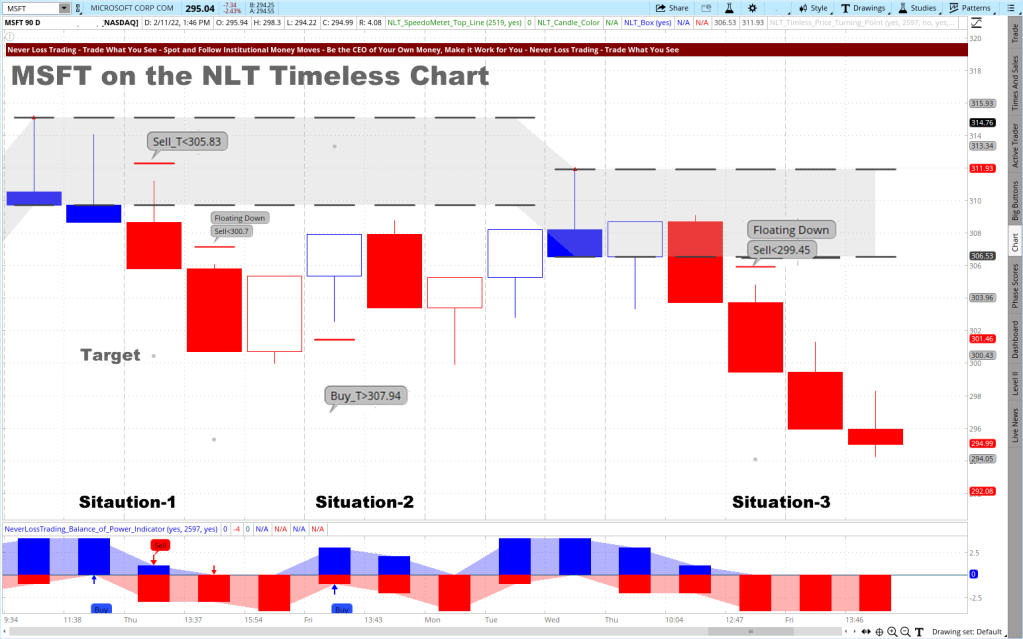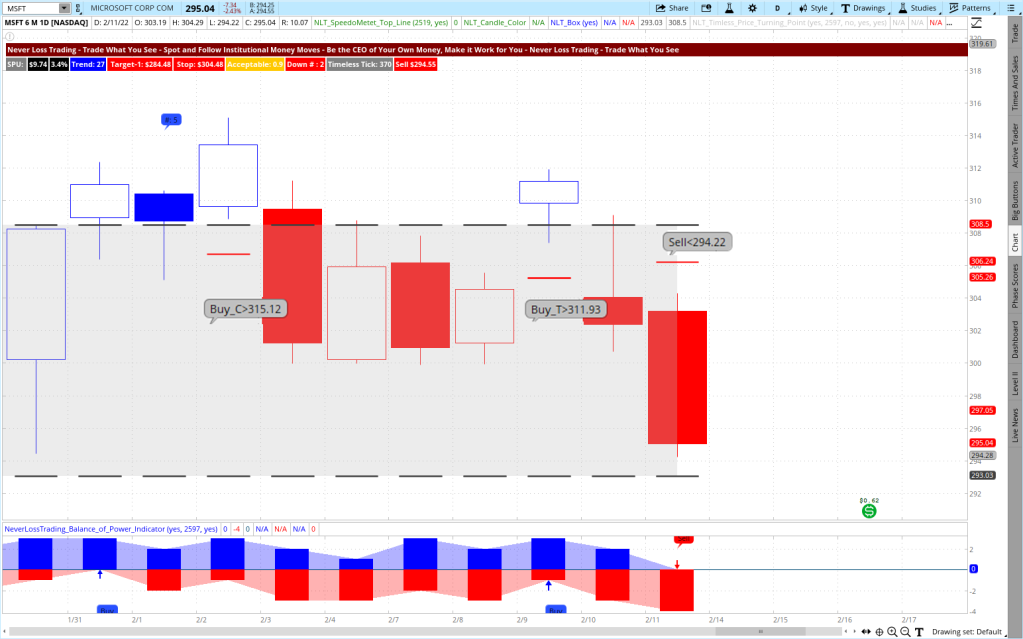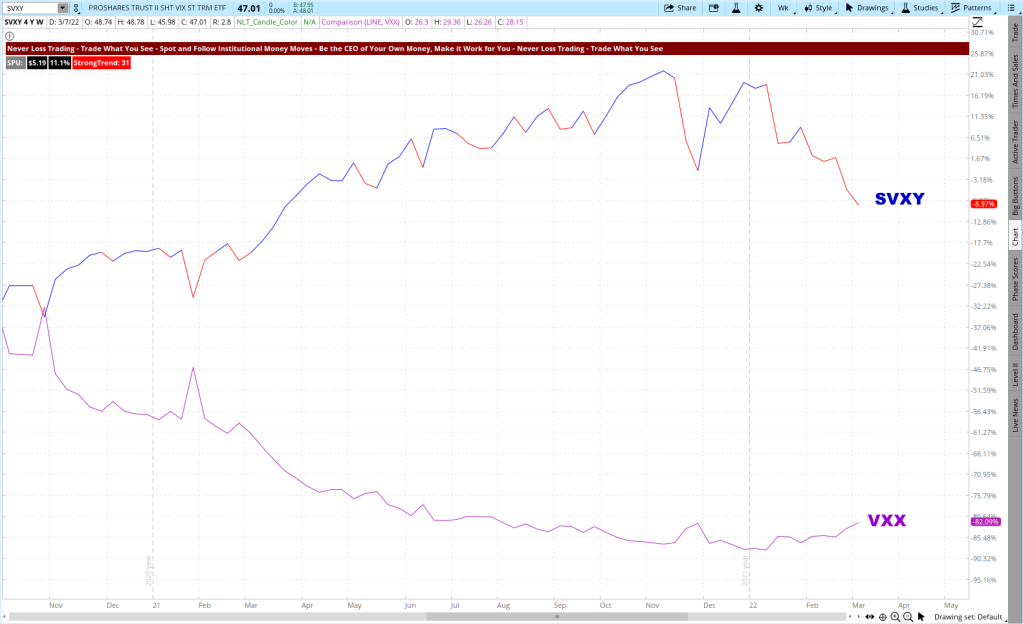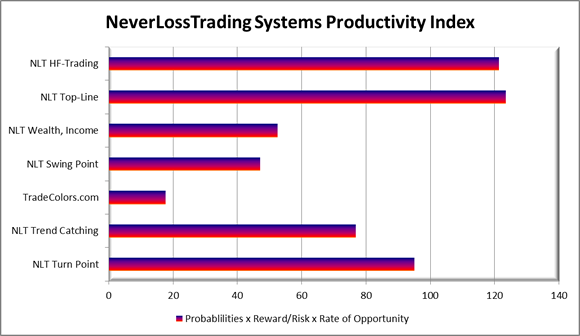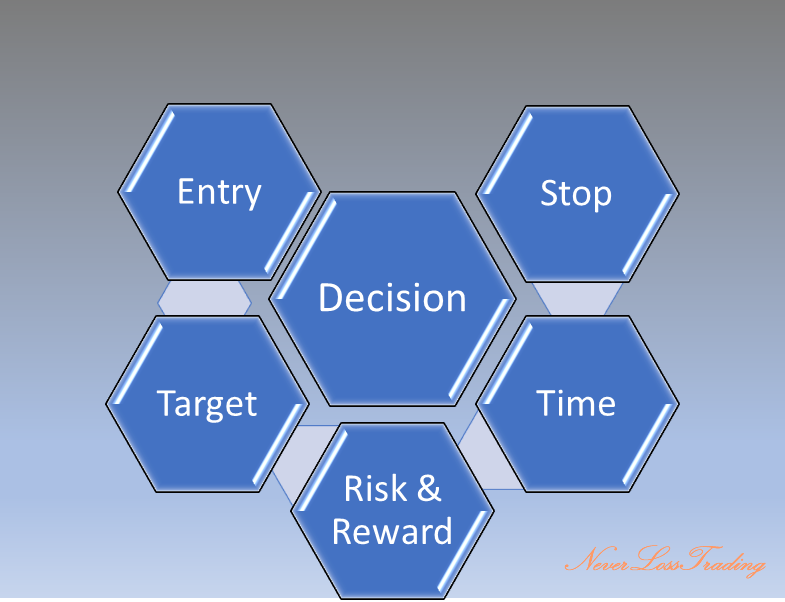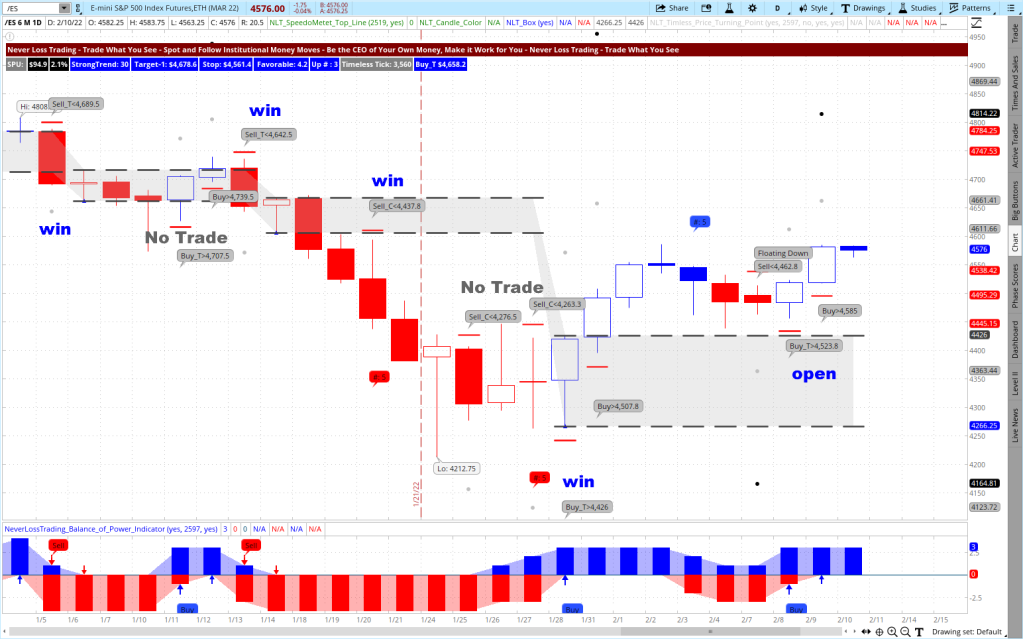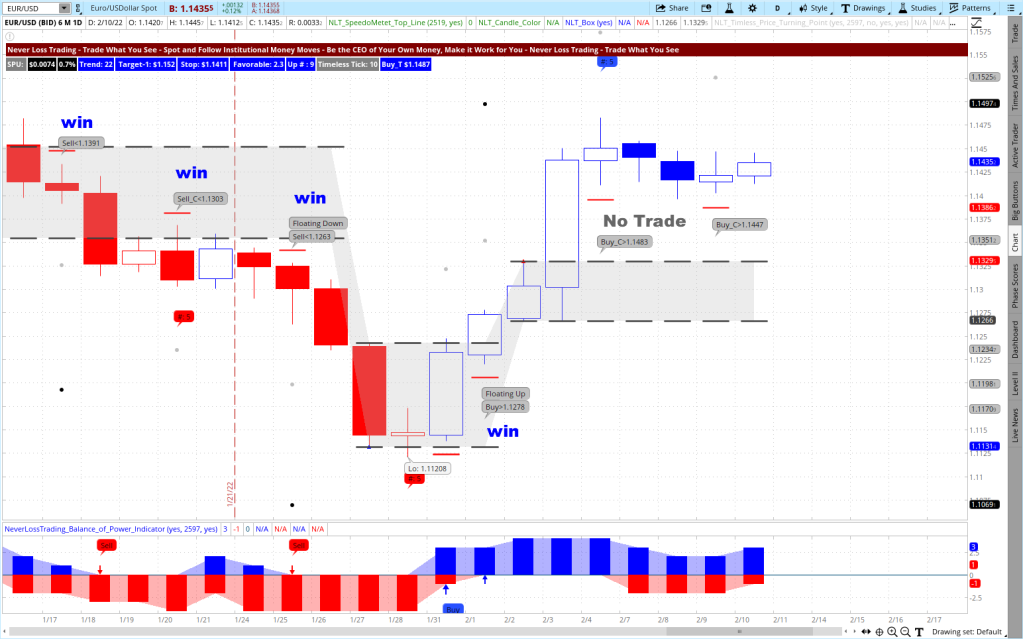We share a simple options trading strategy, helping you to position where big money invests short-term.
Options trading offers you three significant advantages:
– You only invest a fraction of about 1% to 5% of the share price.
– You operate with leverage when your trade works.
– You can limit your maximum risk by choosing an adequate strategy
The big question is: how to find such options trading opportunities and capitalize on them?

Successful options trading needs a solid knowledge basis; however, today, we provide a shortcut in peaking over the fence and copying what institutional investors do.
We let our scanners venture through stocks with liquid option chains daily, highlighting happenings according to our specifications.
Let us share an example: End of the day on March 11, we created the following report for March 14 (a Monday), highlighting two options trading opportunities:
- BIDU
- SBUX
Our NLT Options Alert is comprehensive, reporting the details of the trading day:

As you see, it has a lot of details, but let us magnify into the table:

For BIDU, three options trading opportunities are highlighted:
- The March 18, 22, $125 Calls that were trading between $3.80 and $9.19, closing at $4.09
- The March 18, 22, $130 Calls that traded between $2.18 and $9.50, closing at $2.45
- The March 18, 22, 110 Puts that ranged between $0.52 and $4.10, closing at $4.09
When you see such indications, how to read and act on the happening?
A typical institutional trading strategy is selling naked Puts and buying Calls. The advantage of this strategy is that you are collecting premium and time decay works in your favor by selling Puts. On the other hand, when buying Calls, time decay negatively impacts you, but you want to achieve a leveraged income from solid directional price moves.
What did our indicators tell about the current price situation of BIDU?
The stock was in a downtrend; let’s check the TradeColors.com chart. Tradecolors.com is our introductory system to algorithmic trading with human interaction. Trade situations are specified by the first two same color candle combinations when the high of the second blue candle or the low of the second red candle is surpassed in the price movement of the next candle.
We let the chart tell when to buy or sell: Trade what you see!
BIDU on a Daily NLT TradeColors.com Chart

The chart shows:
- On 3/4/2022, the TradeColors.com indicator highlighted a short selling opportunity that came to target on 3/11/2022.
- For March 14, 2022, our alert showed an opportunity to copy the institutional investment of 11, 2022: buying $125 and $130 call options and selling them on March 16, 2022. The table below shows the calculated results for the Call options. We do not advise to participate in naked Put strategies; however, in the example, they expired worthless:

The example demonstrates the power of the leverage options trading can give you; however, you need to be aware of the opportunity. Short-term options are prone to time decay, and such, if you are wrong in your directional assumption, their value deteriorates quickly.
The second stock highlighted was SBUX (Daily Chart)

Here is the impact the price development had on the Call options to buy:

A dream many options traders have; however, we want to make you aware that there is no risk-free trade, and on short-term options, theta or time decay can quickly take your money away. Hence, options trading needs a model or system that helps you to invest at crucial price turning points. The strategy of following institutional investments is just one way of trading along with price moves that you can learn in our mentorships.
Options traders have to find answers to multiple questions, reaching from a system-based price-move-indication to choosing the appropriate options trading strategy.
Importance of Option Trading Decisions

The overview shows multiple factors to consider and let us explain them:
- Price move indication determines to 33% the outcome of your options trading endeavors; however, there are many other decisions to be made with a similar impact on your options trading success.
- A valid options chain is an essential factor to consider and leads you to only focus on liquid options with tight bid/ask spreads.
- Trade repairability is intertwined with a valid options chain and includes picking a trading strategy that allows for a repair when the trade develops in the opposite direction.
- Our systems determine if the premium to pay or collect is in spec., and you trade with the odds in your favor. This way, you never pay too much or collect too little and trade with the odds in your favor.
- There are many theories of which strike price or delta to pick. We developed our own mechanics and rules, helping you to participate with the highest leverage in anticipation of a minimum 1-SPU price move.
- Our systems and strategies determine the maximum expected time in the trade to come to target, and in relation to this, you will always know which time to expiration to choose.
- We mainly focus on buying Puts or Calls on the side of the options trading strategies; however, we work with debit or credit spreads when options are overpriced.
Summary of our Options Trading Imperatives
| Option Trading Imperative | Answer |
| Price Move Indication | NeverLossTrading System |
| Valid Option Chain | Statistics of bid/ask spreads, daily volume, open interest |
| Trade Repair Ability | Our research and experience shared in our mentorships |
| Max Premium to Pay or Min Premium to Collect | NLT SPU-Measure-Based decisions (Algorithm) |
| Time to Expiration | NLT Signal-Based |
| Option Trading Strategy | Chart-Based: Max. premium to invest or risk to accept |
Producing consistent income from trading and investing is a process. We provide systems, strategies, and a game plan, helping you develop yourself into the trader you want to be.
If you are up for learning this, let us get super interactive, and we will meet with you in a one-on-one meeting online to test how our systems can help you to answer the options imperatives.
Schedule your consulting hour:
Call +1 866 455 4520 or contact@NeverLossTrading.com Subj.: Consulting
We are looking forward to hearing back from you,
Thomas
Disclaimer, Terms and Conditions, Privacy | Customer Support





